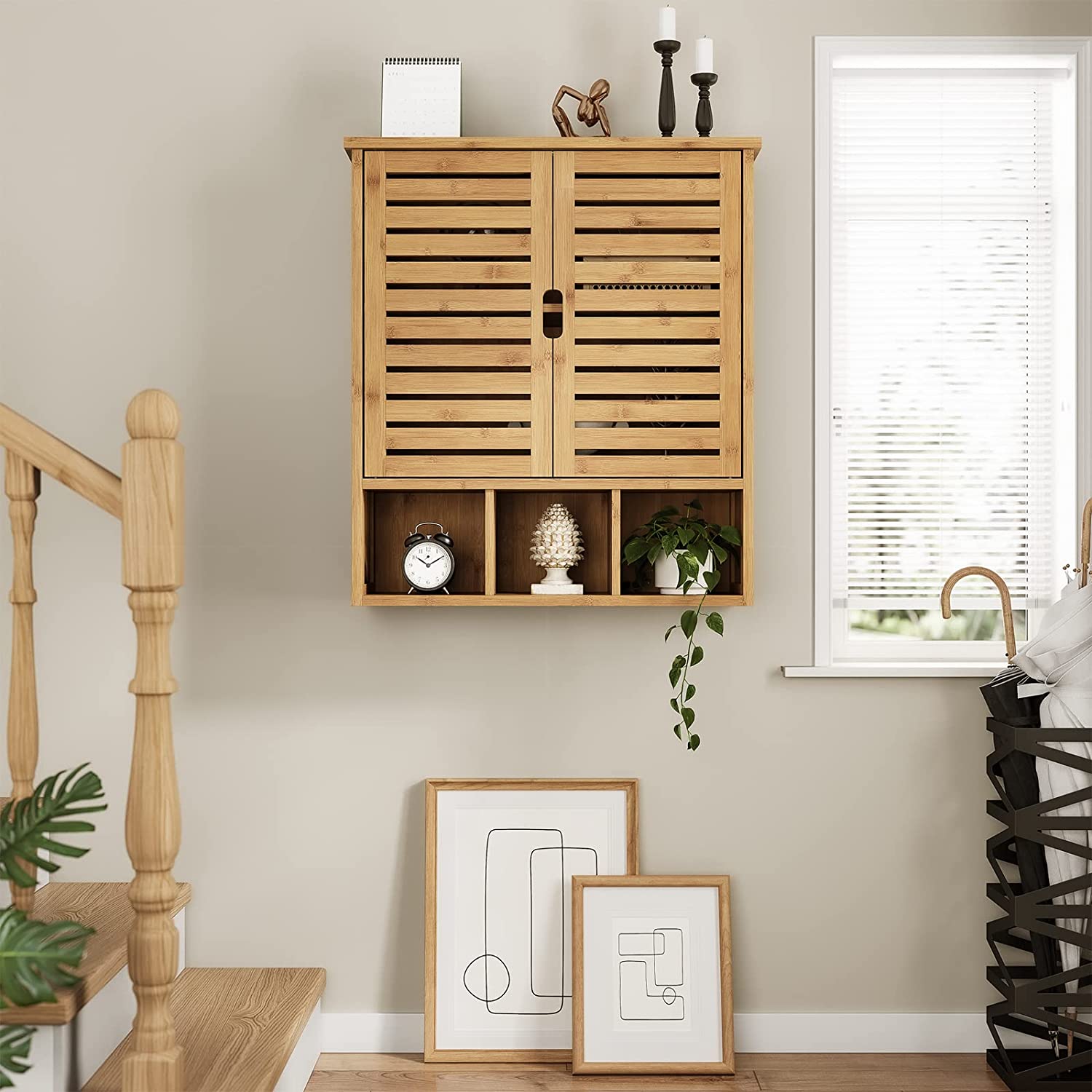

Articles
How To Build Wall Cabinet
Modified: March 22, 2024
Discover creative storage ideas and learn how to build a wall cabinet to maximize space and keep your belongings organized.
(Many of the links in this article redirect to a specific reviewed product. Your purchase of these products through affiliate links helps to generate commission for Storables.com, at no extra cost. Learn more)
Introduction
When it comes to home organization, having ample storage space is essential. A great way to maximize storage capacity in any room is by installing wall cabinets. Wall cabinets not only provide additional storage but can also add a stylish and organized look to your space. Whether you’re looking to build a wall cabinet for your kitchen, bathroom, or living room, this comprehensive guide will walk you through the steps to create a functional and aesthetically pleasing storage solution.
Building a wall cabinet may seem like a daunting task, but with the right tools, materials, and techniques, it can be a rewarding and enjoyable DIY project. By following this step-by-step guide, even those with limited woodworking experience can successfully construct a wall cabinet that meets their storage needs.
Throughout this article, we’ll cover everything you need to know, from gathering the necessary materials to final installation and finishing touches. By the end, you’ll have the knowledge and confidence to create a custom wall cabinet that not only fits seamlessly into your space but also provides the storage you’ve been longing for.
But before we dive into the construction process, let’s go over the basic tools and materials you’ll need for this project.
Read more: How To Build Wall Cabinets For Living Room
Tools and Materials:
- Measuring tape
- Pencil
- Saw (circular saw or table saw)
- Wood glue
- Nail gun or screws
- Drill
- Screwdriver
- Sandpaper
- Paint or stain
- Cabinet hardware (knobs, handles, hinges, etc.)
Now that you have a basic understanding of the tools and materials required, it’s time to move on to the first step – gathering materials.
Key Takeaways:
- Maximize storage and style by building a wall cabinet with basic tools and materials. Follow step-by-step instructions for precise measurements, accurate cuts, and secure installation.
- Elevate your space with a custom wall cabinet that adds functionality and reflects your personal style. From assembling the frame to adding final touches, enjoy the rewarding DIY process.
Step 1: Gather Materials
Before you begin building your wall cabinet, it’s important to ensure you have all the necessary materials readily available. Having everything on hand from the start will help streamline the construction process and prevent unnecessary delays. Here’s a list of materials you’ll need:
- Plywood or solid wood for the cabinet panels and shelves
- 1×2 lumber for the cabinet frame
- Cabinet doors
- Cabinet hardware (knobs, handles, hinges)
- Wood glue
- Screws or nails
- Sandpaper
- Paint or stain
- Paintbrushes or rollers
- Measuring tape
- Pencil
- Saw (circular saw or table saw)
- Drill
- Screwdriver
Make sure to choose materials that are suitable for the location where the wall cabinet will be installed. If you’re building a wall cabinet for the kitchen or bathroom, opt for materials that can withstand moisture and humidity.
When it comes to the type of wood, plywood is a popular choice due to its durability and affordability. However, if you prefer a more luxurious look, you can opt for solid wood. Whichever material you choose, make sure it’s of good quality and free from defects.
Additionally, consider the style and design of the cabinet doors and hardware. They should complement your overall aesthetic and match the existing decor of the room.
Once you have gathered all the necessary materials, it’s time to move on to the next step – measuring and marking the placement of the wall cabinet.
Step 2: Measure and Mark Placement
Before cutting any materials for your wall cabinet, it’s crucial to accurately measure and mark the placement on the wall where you intend to install it. This step ensures that the cabinet is aligned properly and fits seamlessly in the desired location. Here’s how to proceed:
- Begin by selecting the wall where you want to install the cabinet. Take into consideration the height, accessibility, and surrounding elements.
- Using a measuring tape, measure the width and height of the available wall space. It’s essential to take precise measurements to ensure your cabinet fits perfectly.
- Based on the measurements, mark the outline for the cabinet placement using a pencil. Double-check the accuracy of your marks before proceeding to the next step.
- If your cabinet has a particular position for hinges or handles, mark the corresponding spots on the wall as well.
- Ensure that the marked area is clear of any obstructions such as electrical outlets, switches, or pipes. If there are any obstacles, adjust the position of the cabinet accordingly to avoid any issues during installation.
Remember, accuracy is crucial during this step. A slight miscalculation can lead to an ill-fitting cabinet or difficulty during installation. Take your time and triple-check your measurements before moving on to the next step.
Once you’ve measured and marked the placement for your wall cabinet, it’s time to proceed to the next step – cutting the cabinet panels.
Step 3: Cut Cabinet Panels
Now that you’ve measured and marked the placement for your wall cabinet, it’s time to cut the panels that will form the structure of the cabinet. This step requires precision and accurate cutting to ensure all the pieces fit together seamlessly.
- Start by laying your chosen plywood or solid wood on a stable surface. Ensure that the material is securely clamped down to prevent any movement during the cutting process.
- Using a saw (either a circular saw or table saw), carefully cut the plywood or wood according to the measurements you marked during the previous step. Take your time and make smooth, straight cuts to ensure clean edges.
- Repeat this process for all the necessary panels, including the sides, back, top, and bottom of the cabinet. If your cabinet has shelves, cut pieces of plywood to the desired dimensions.
- After cutting the panels, use sandpaper to smooth out any rough edges or imperfections. Pay close attention to the corners and edges to avoid any sharp or splintered areas.
Remember to measure twice and cut once to ensure the accuracy of your cuts. It’s always better to double-check your measurements before making any irreversible cuts.
Once you have cut and sanded all the necessary panels, you’re ready to move on to the next step – assembling the cabinet frame.
Read more: How To Build A Cabinet
Step 4: Assemble Cabinet Frame
With the cabinet panels cut and sanded, it’s time to assemble the frame of your wall cabinet. The frame provides stability and support, ensuring that the cabinet is sturdy and able to withstand the weight of its contents. Follow these steps to assemble the cabinet frame:
- Start by laying out the bottom panel and attaching the side panels to form a rectangular shape. Apply wood glue along the edges of the bottom panel and secure the side panels using screws or nails.
- Next, attach the back panel to the rectangular frame, making sure it is aligned properly with the edges. Apply wood glue along the edges and secure it with screws or nails.
- Now, it’s time to install the shelves. Measure and mark the desired height for each shelf within the cabinet. Apply wood glue to the shelf support points on the side panels and carefully slide the shelves into place. Secure them with screws or nails, ensuring they are level.
- Double-check the squareness of the cabinet frame by measuring diagonally from corner to corner. Adjust as needed to ensure the frame is perfectly square.
- Allow the wood glue to dry completely. This usually takes a few hours, but refer to the specific drying time mentioned on the adhesive product label.
- Once the wood glue has dried, reinforce the cabinet frame by adding additional screws or nails where necessary. This will provide extra stability and ensure a long-lasting cabinet.
Assembling the cabinet frame requires patience and attention to detail. Take your time to ensure all the joints are tight and secure. Remember, a well-constructed frame is crucial for the overall strength and durability of your wall cabinet.
With the cabinet frame assembled, you’re now ready to move on to the next step – attaching the cabinet doors.
Step 5: Attach Cabinet Doors
The cabinet doors are not only functional but also contribute to the overall aesthetic appeal of your wall cabinet. Proper installation of the doors is essential to ensure they align correctly and open and close smoothly. Follow these steps to attach the cabinet doors:
- Start by positioning the cabinet doors in the desired location on the cabinet frame. Mark the placement of the hinges on both the doors and the cabinet frame using a pencil.
- Using a drill, create pilot holes at the marked hinge positions. Make sure the pilot holes are just slightly smaller than the screws that will be used to attach the hinges. This will help prevent the wood from splitting when the screws are inserted.
- Attach the hinges to the cabinet frame using screws, aligning them with the pilot holes you created earlier. Ensure that the hinges are securely fastened to the frame.
- Once the hinges are attached to the frame, position the cabinet doors onto the hinges. Make sure they align properly with the cabinet frame and are level.
- Secure the hinges to the cabinet doors by inserting screws through the pilot holes in the hinges. Ensure that the screws are tightened properly, but be careful not to overtighten and strip the holes.
- Test the movement of the cabinet doors to ensure they open and close smoothly. Make any necessary adjustments to the hinges if needed to achieve proper alignment.
Properly attaching the cabinet doors is crucial for a functional and visually pleasing wall cabinet. Take your time during this step to ensure the doors are aligned correctly and operate smoothly. With the doors securely attached, your wall cabinet is almost complete.
Next, we’ll move on to Step 6 – installing the cabinet hardware.
When building a wall cabinet, make sure to measure the space accurately and use sturdy materials. Consider the weight of the items to be stored and use appropriate hardware for hanging.
Step 6: Install Cabinet Hardware
Installing cabinet hardware is the final touch that adds both functionality and aesthetics to your wall cabinet. Cabinet hardware includes knobs, handles, hinges, and any other accessories that enhance the appearance and usability of the cabinet doors. Follow these steps to install the cabinet hardware:
- Start by deciding on the type of hardware you want to use for your cabinet doors. Consider the style and design of your wall cabinet, as well as your personal preference.
- Using a measuring tape, mark the desired positions for the hardware on the cabinet doors. Make sure to maintain consistency in the placement of the hardware for a cohesive look.
- Use a drill to create pilot holes at the marked positions on the cabinet doors. The size of the pilot holes should match the screws that come with your chosen hardware.
- Align the hardware with the pilot holes and attach it to the cabinet doors using screws. Tighten the screws securely, but be careful not to overtighten and damage the hardware or the doors.
- Repeat this process for all the cabinet doors, ensuring that the hardware is installed consistently across the entire wall cabinet.
Installing cabinet hardware is a relatively simple but important step in completing your wall cabinet. The right hardware can elevate the overall look of your cabinet and make it easier to open and close the doors.
With the cabinet hardware installed, your wall cabinet is now ready for the next step – mounting it on the wall.
Step 7: Mount the Wall Cabinet
Now that your wall cabinet is fully assembled and the hardware is installed, it’s time to mount it securely onto the wall. Proper installation and mounting ensure that the cabinet is stable and can support the weight of its contents. Follow these steps to mount your wall cabinet:
- Enlist the help of a friend or family member for this step, as it can be challenging to manage the cabinet on your own.
- Position the cabinet against the wall at the marked placement from earlier. Make sure it is aligned with the markings and level.
- Using a pencil or a small level, mark the locations on the wall where you’ll be drilling to attach the cabinet.
- Place the cabinet aside and use a drill to create pilot holes at the marked positions on the wall. The size of the pilot holes should be slightly smaller than the screws or anchors you’ll be using.
- If necessary, insert wall anchors into the pilot holes to provide additional support for the screws.
- Lift the cabinet and carefully align it with the pilot holes on the wall. Have your assistant hold it in place while you use a screwdriver or drill to attach the cabinet to the wall. Make sure to tighten the screws securely.
- Check the stability of the cabinet by giving it a gentle shake. If it feels secure and doesn’t wobble, you have successfully mounted your wall cabinet. However, if there is any instability, double-check the screws and anchors, and make any necessary adjustments.
Mounting your wall cabinet properly is essential for both its functionality and safety. Take your time during this step to ensure that the cabinet is securely attached to the wall.
With your wall cabinet mounted on the wall, you’re only one step away from completing your project. Let’s move on to Step 8 – final touches and additional tips.
Read more: How To Build Gun Cabinet
Step 8: Final Touches and Additional Tips
Congratulations on reaching the final step of building your wall cabinet! At this stage, it’s time to add the finishing touches and implement any additional tips to enhance the functionality and appearance of your cabinet. Follow these final steps and consider these tips:
- Inspect the cabinet for any rough edges or uneven surfaces. Use sandpaper to smooth out any imperfections and ensure a polished finish.
- If desired, apply a coat of paint or stain to the cabinet to match your desired color scheme or to protect the wood. This step can help enhance the visual appeal and longevity of your wall cabinet.
- Allow the paint or stain to dry completely before reattaching the cabinet hardware. This will prevent any potential damage to the newly finished surface.
- Consider adding additional organizational elements such as hooks, racks, or baskets to the inside of the cabinet to maximize storage space and keep your belongings neatly organized.
- Regularly clean and maintain your wall cabinet to preserve its condition. Wipe it down with a gentle cleaner and a soft cloth to remove dust and debris.
- Periodically check the screws and hinges of your cabinet to ensure they are securely tightened. Over time, these components may loosen due to normal use.
- Personalize your wall cabinet by adding decorative elements or accents that reflect your style and complement the overall design of the room.
By following these final touches and implementing these additional tips, you’ll ensure that your wall cabinet is not only functional but also visually appealing and durable.
With that, you have successfully completed the construction and installation of your wall cabinet. Give yourself a well-deserved pat on the back for a job well done!
Remember, building a wall cabinet is not only a practical storage solution, but also a rewarding DIY project. The skills and knowledge you have gained can be applied to future woodworking endeavors.
Thank you for following this comprehensive guide on how to build a wall cabinet. We hope you find joy and satisfaction in using your new storage space for years to come.
ConclusionBuilding a wall cabinet is a rewarding endeavor that adds valuable storage space and enhances the organization and aesthetics of any room. With the right tools, materials, and guidance, anyone can successfully create a functional and stylish wall cabinet.
Throughout this comprehensive guide, we have covered the step-by-step process of building a wall cabinet, from gathering the necessary materials to final installation and finishing touches. By following these steps, you have learned how to measure and mark the placement, cut cabinet panels, assemble the cabinet frame, attach cabinet doors, install cabinet hardware, mount the wall cabinet, and add final touches.
Remember, accuracy and attention to detail are crucial throughout the construction process. Taking the time to measure carefully, make precise cuts, and properly align and secure the components will result in a well-built and stable wall cabinet.
Furthermore, don’t be afraid to add your personal touch to the project. Consider the design and style of your space, and choose materials, hardware, and finishes that reflect your unique taste and complement the existing decor.
Building a wall cabinet not only provides practical storage but also allows you to showcase your craftsmanship and creativity. The skills you have acquired through this project can be applied to future woodworking endeavors, expanding your DIY capabilities.
We hope this guide has empowered you to take on this exciting project and create a functional and attractive wall cabinet for your home. Enjoy the benefits of additional storage space, organized belongings, and an enhanced aesthetic appeal. Happy building!
Frequently Asked Questions about How To Build Wall Cabinet
Was this page helpful?
At Storables.com, we guarantee accurate and reliable information. Our content, validated by Expert Board Contributors, is crafted following stringent Editorial Policies. We're committed to providing you with well-researched, expert-backed insights for all your informational needs.
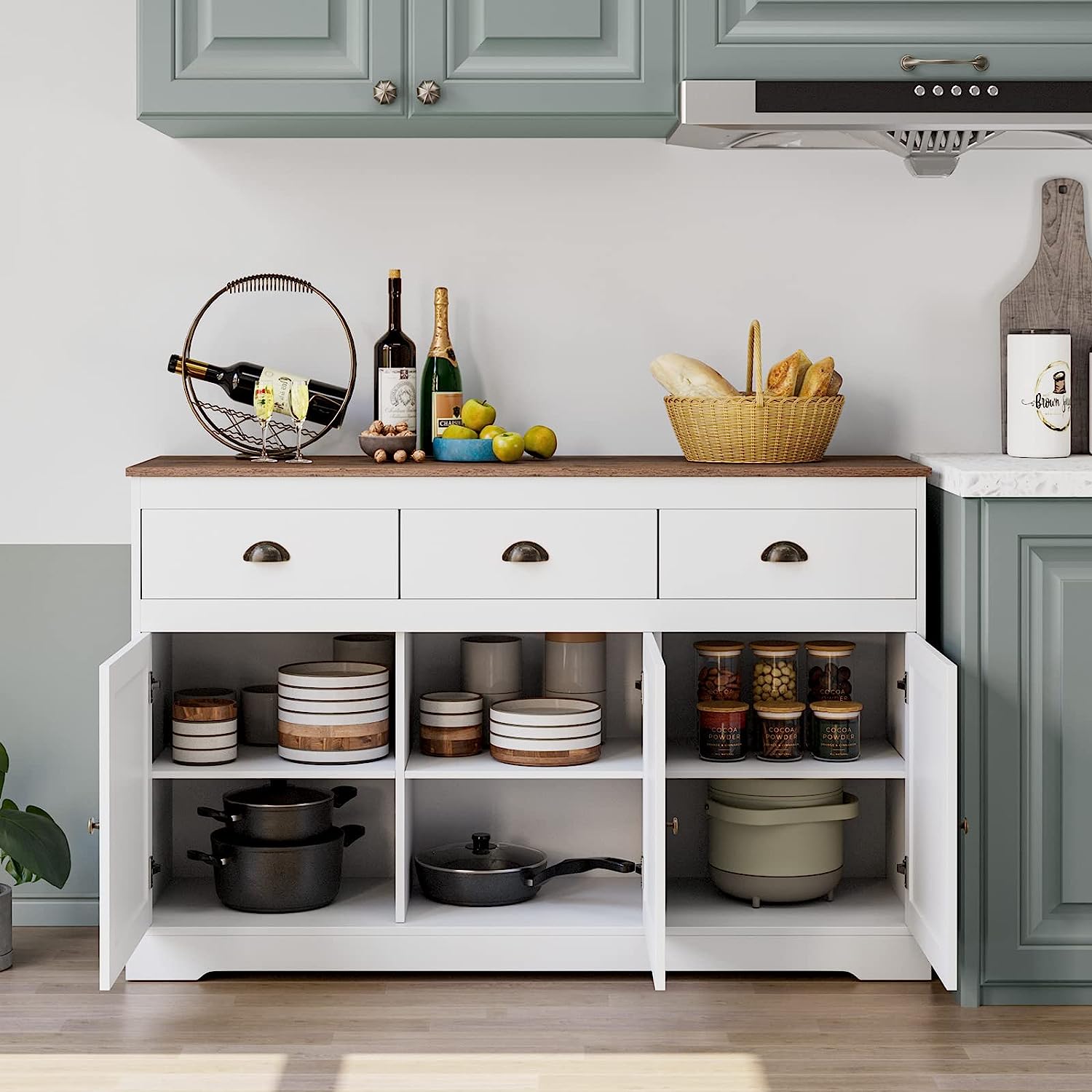
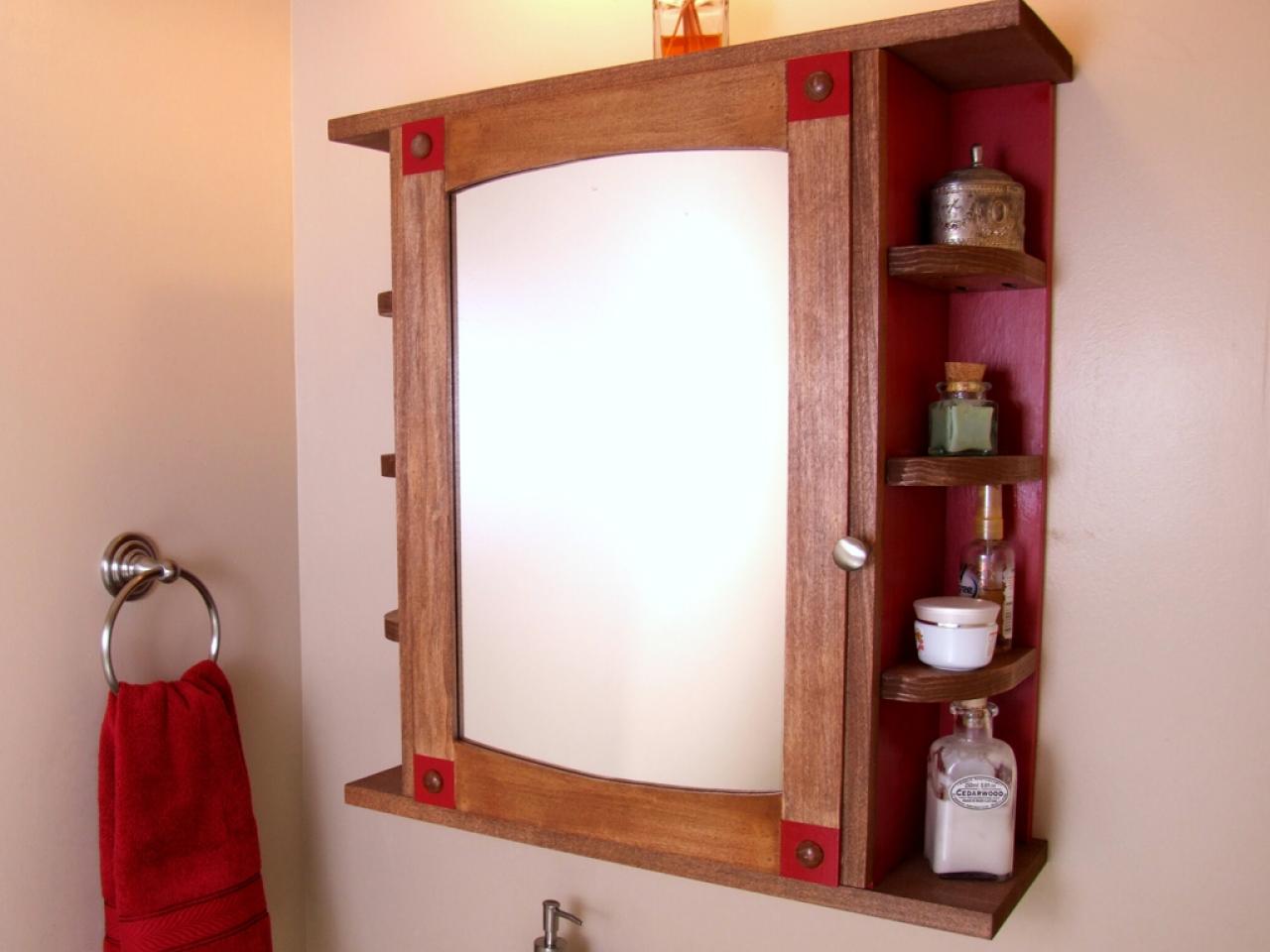
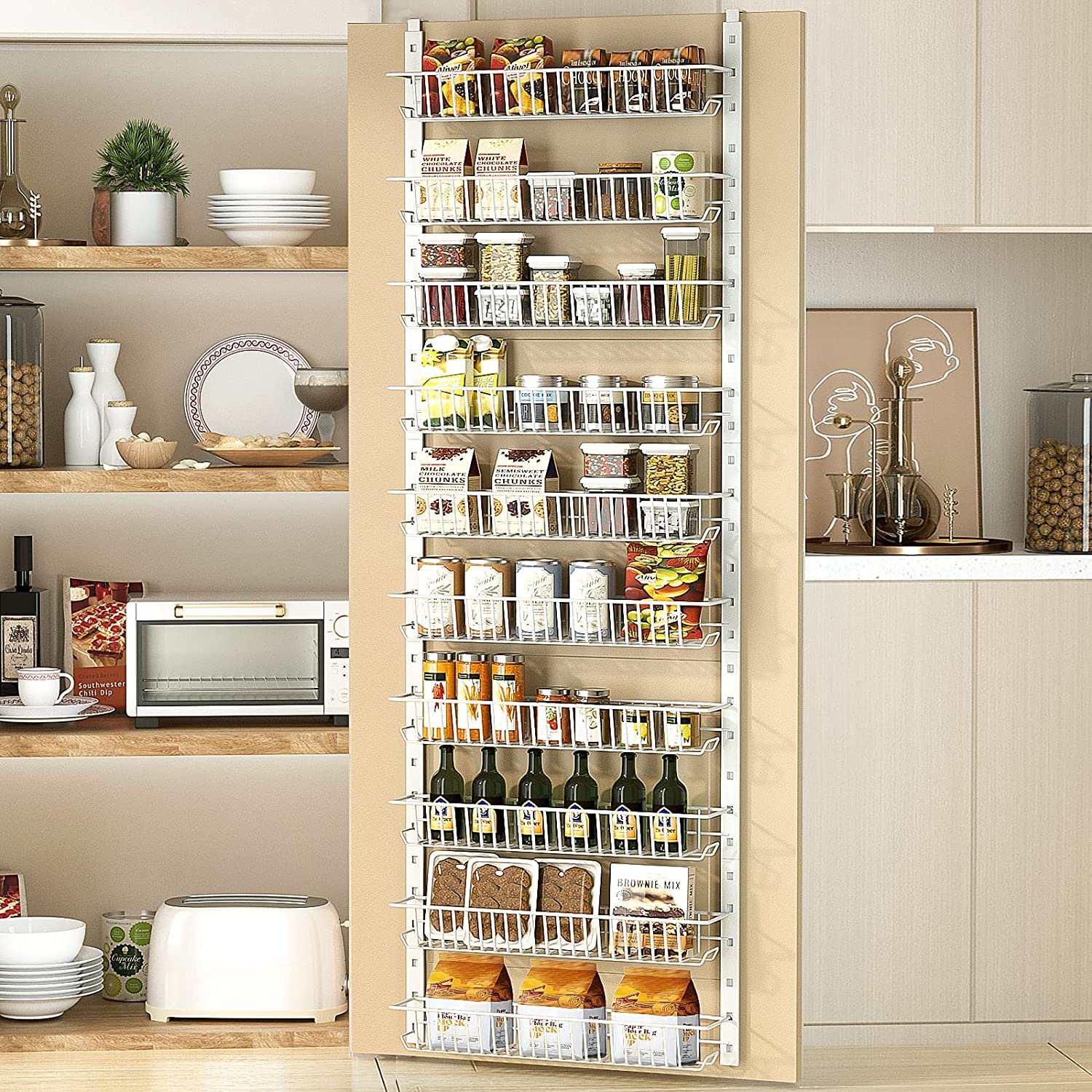
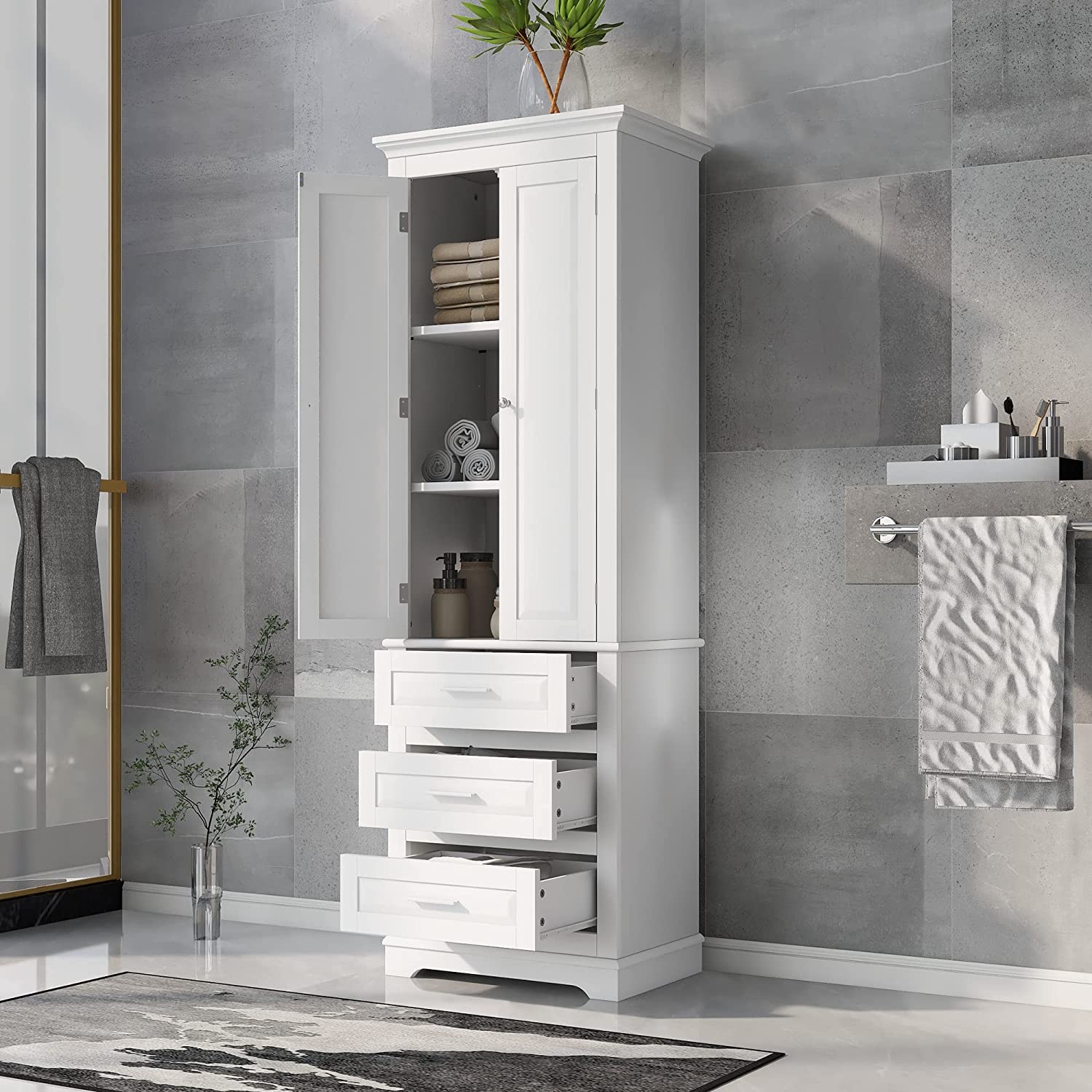
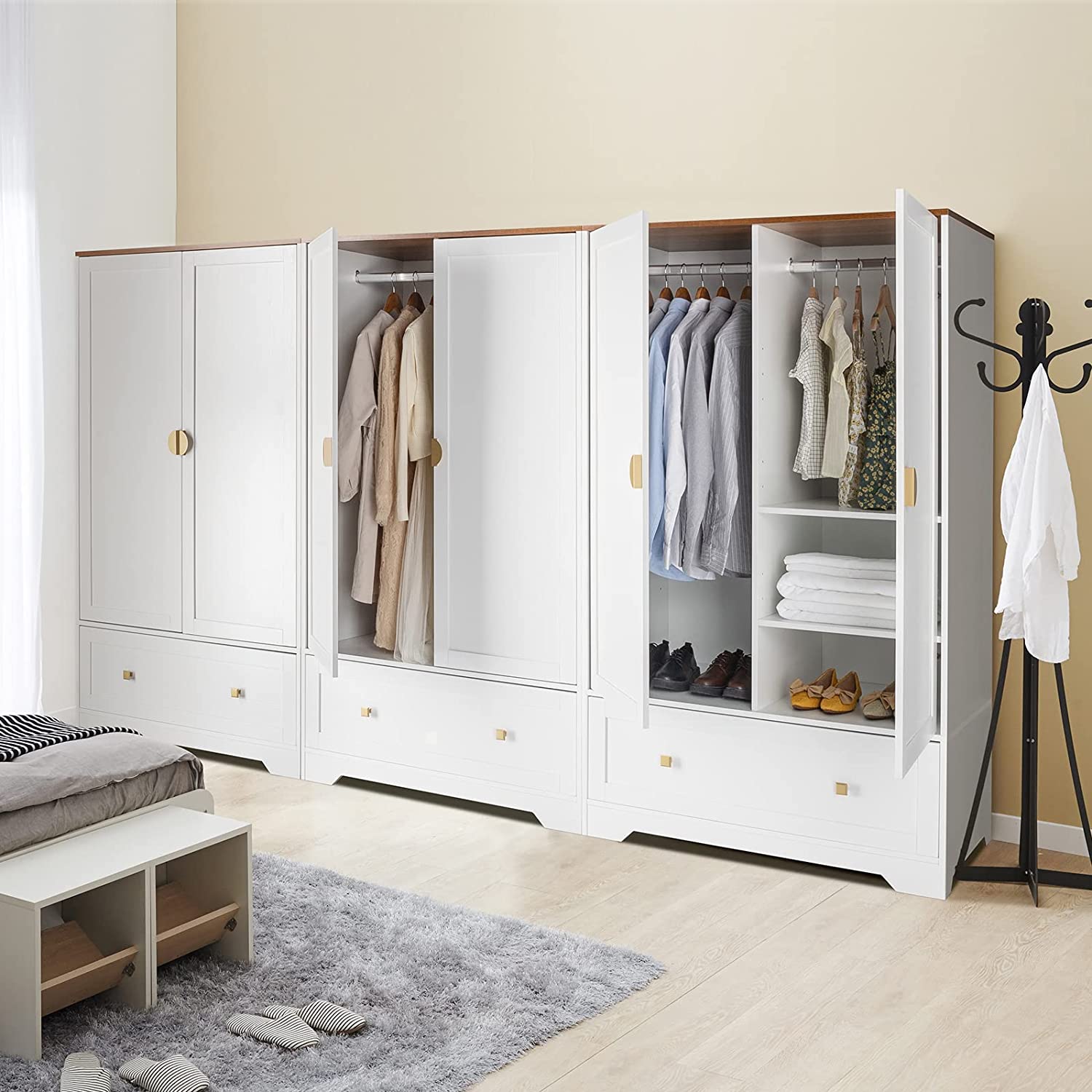
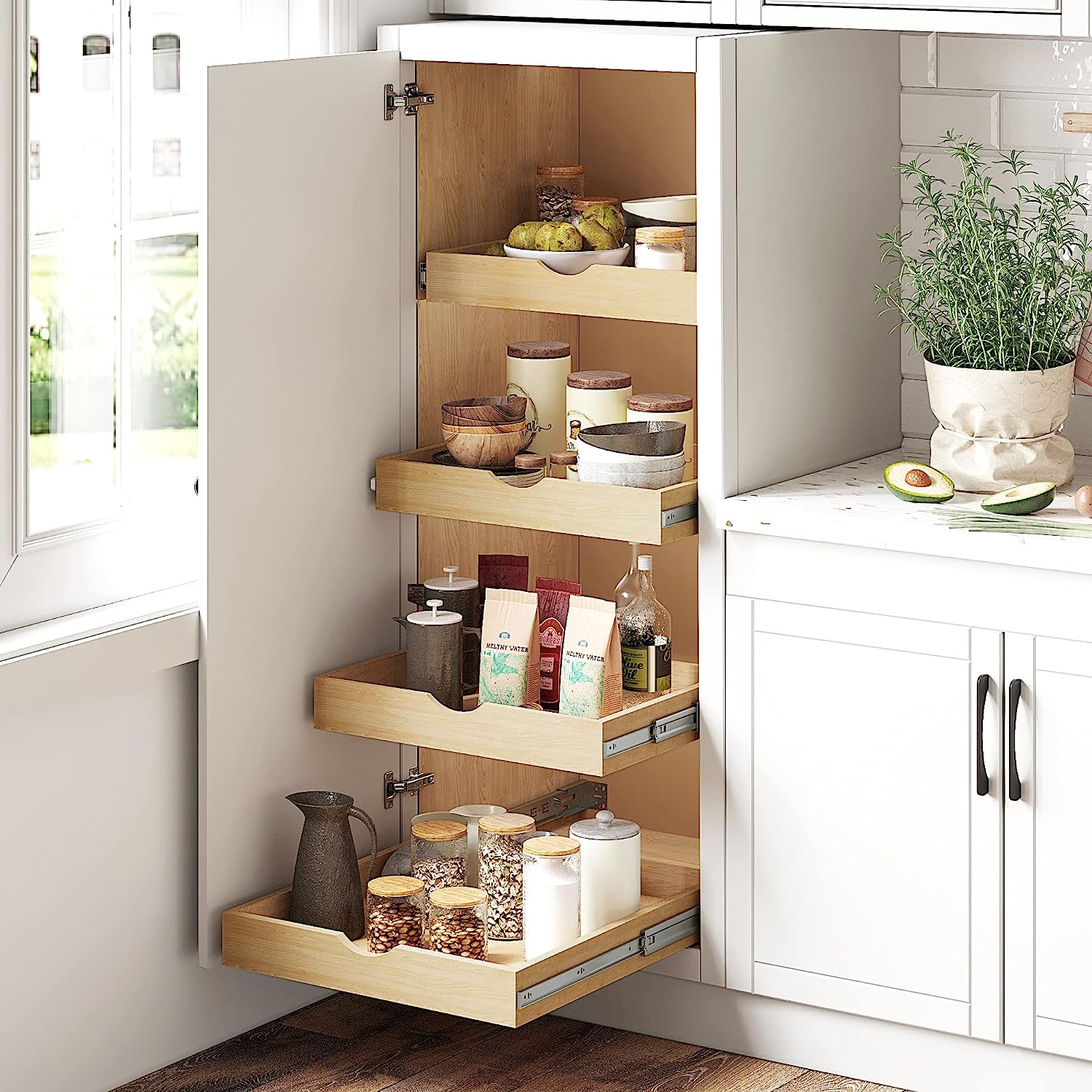
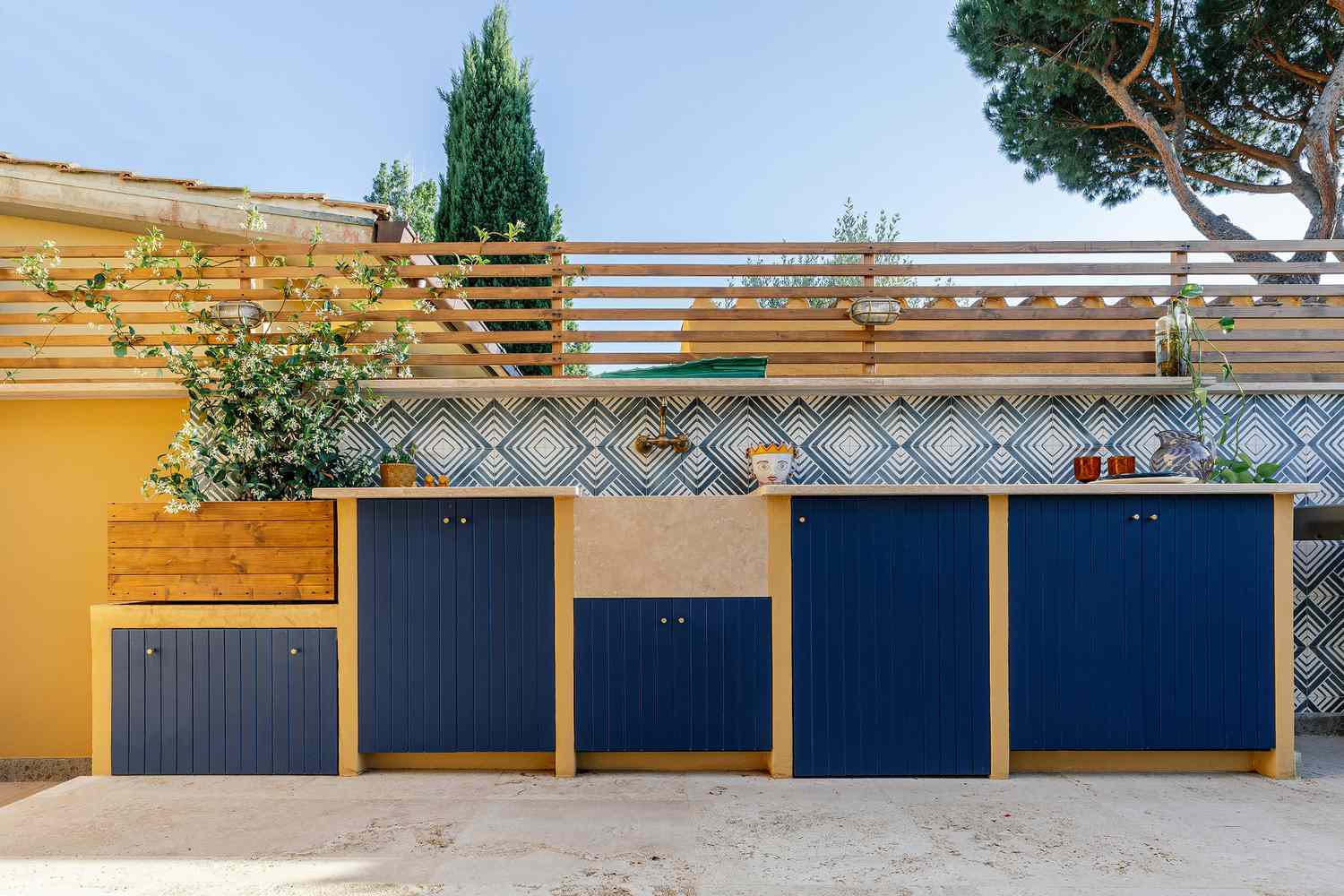

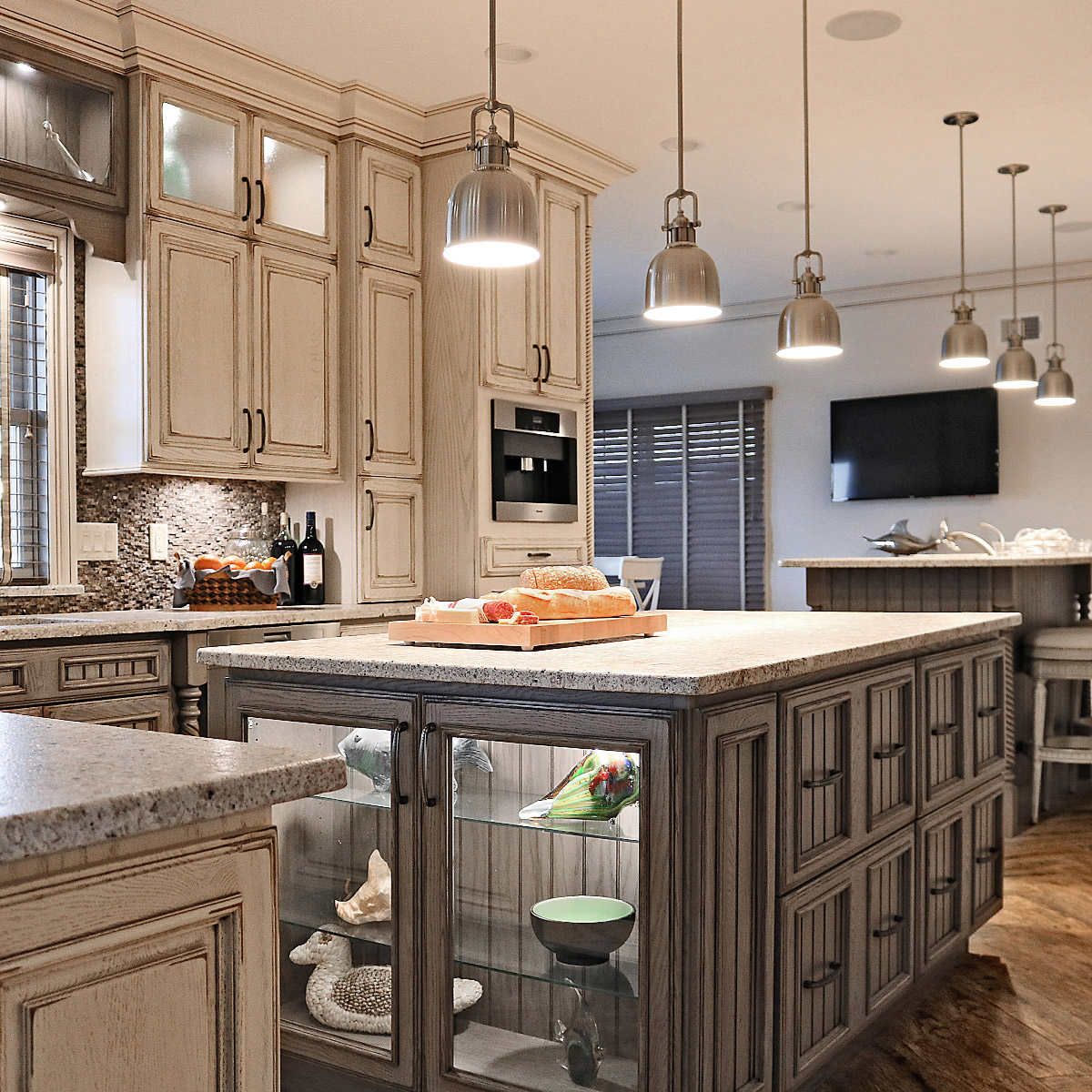
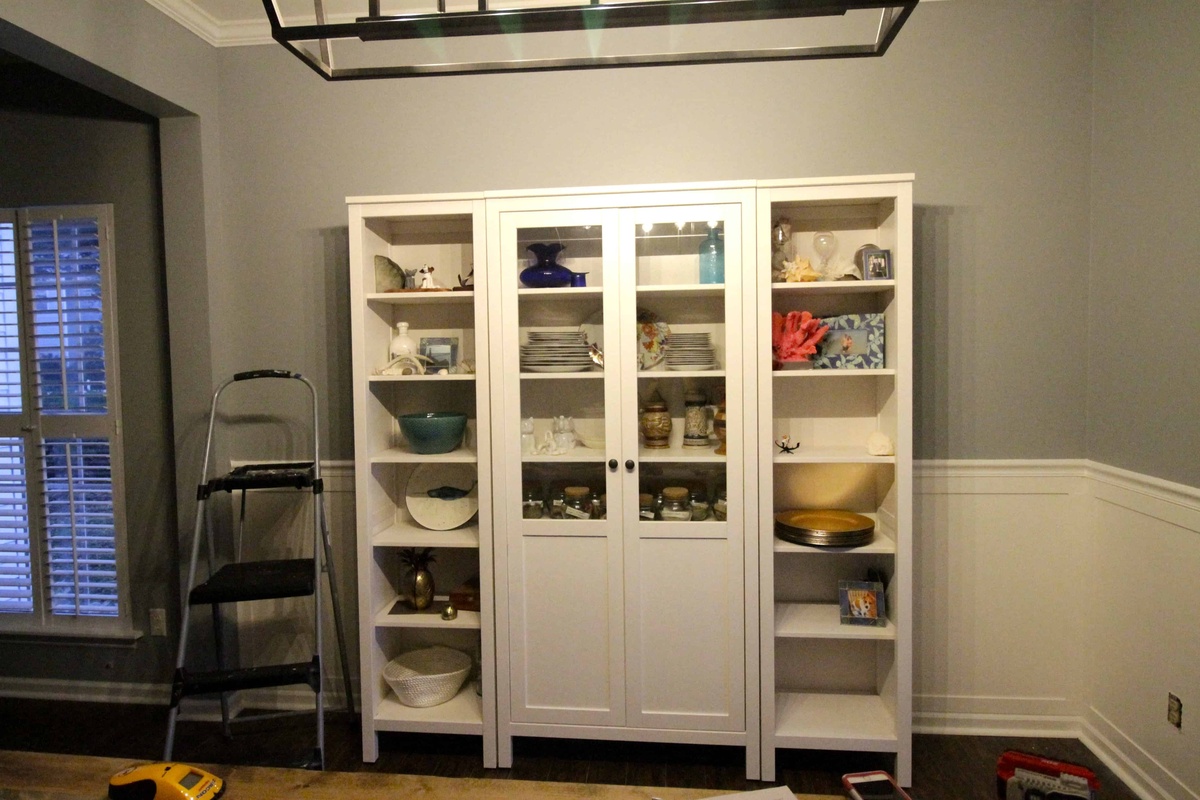
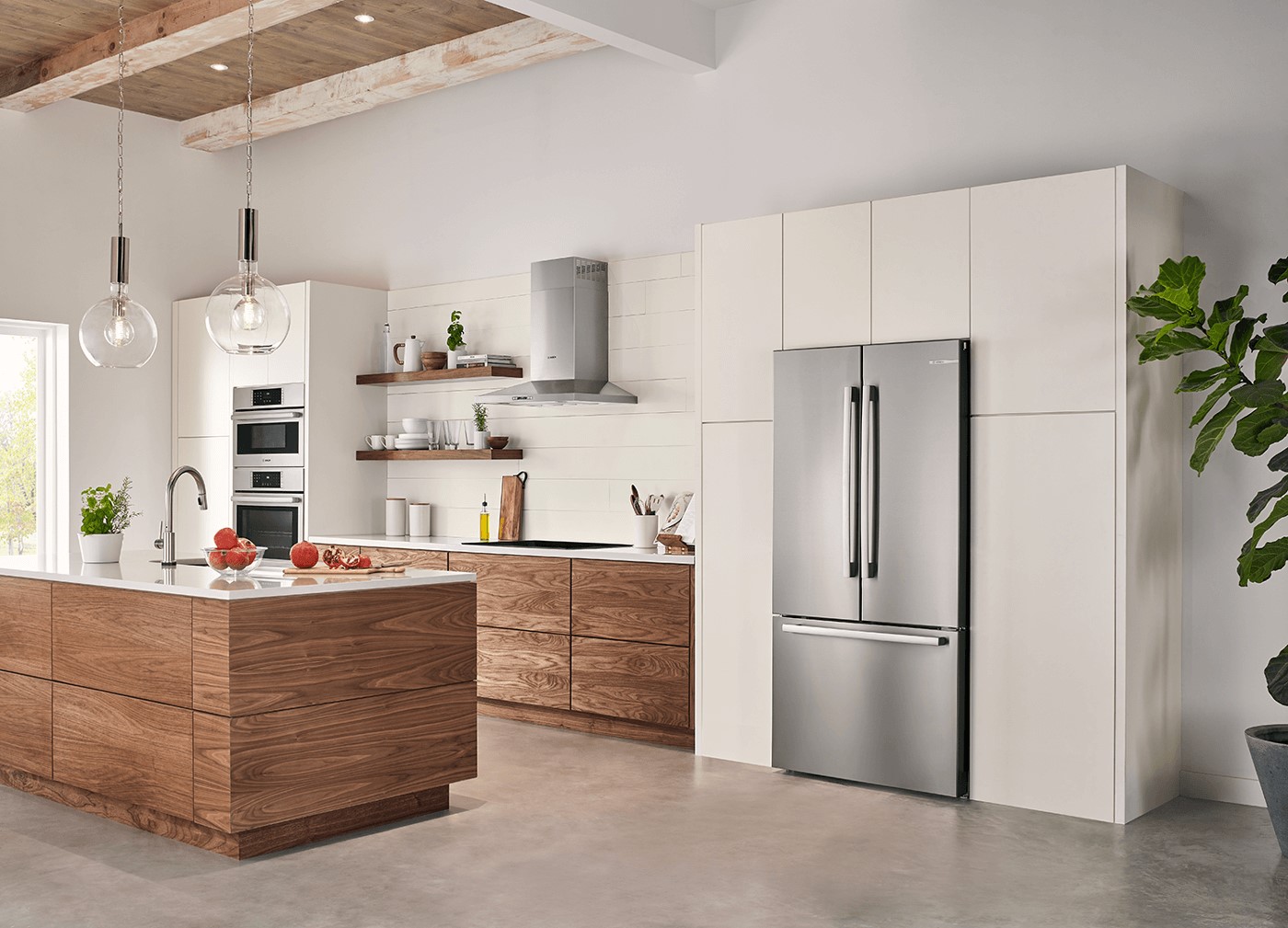
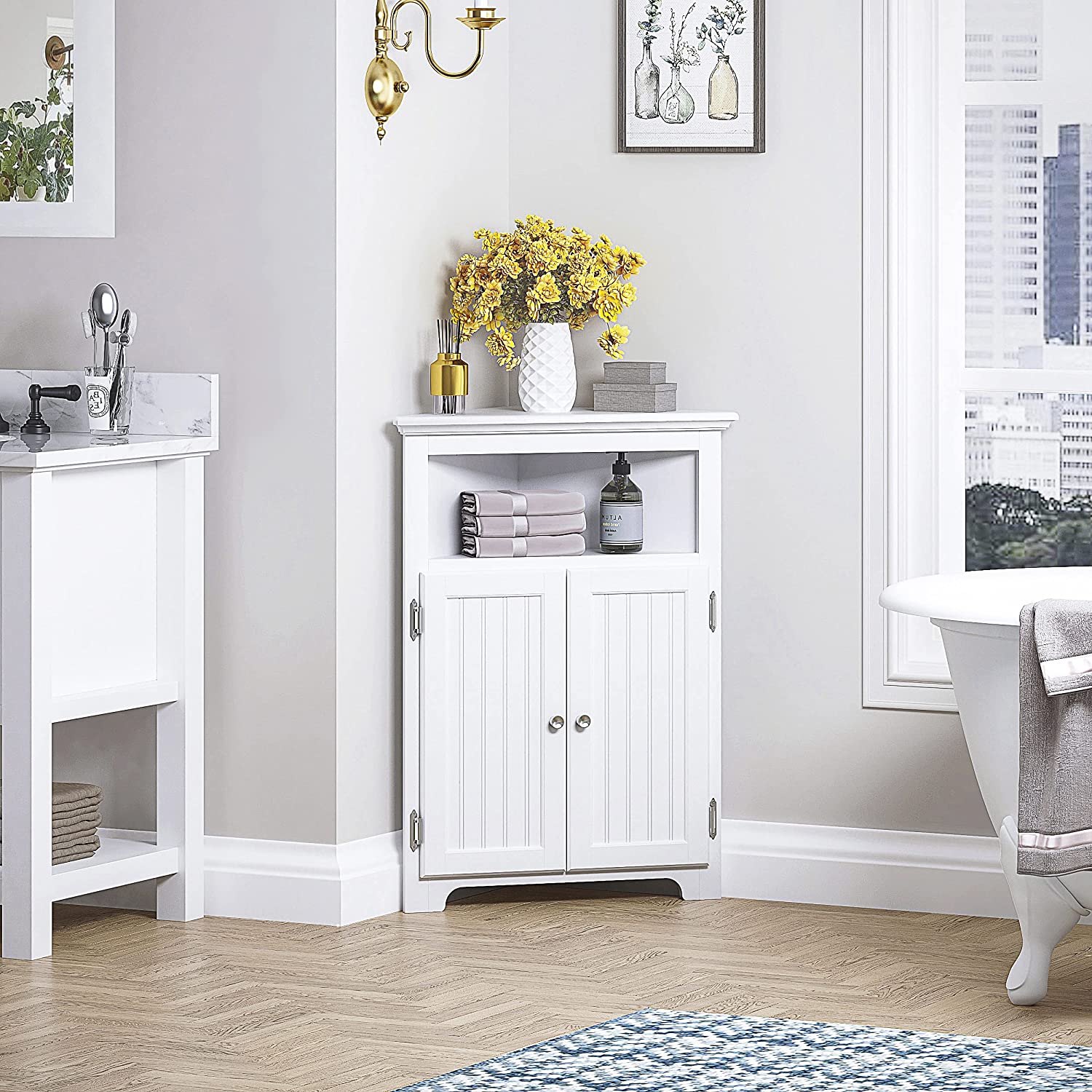
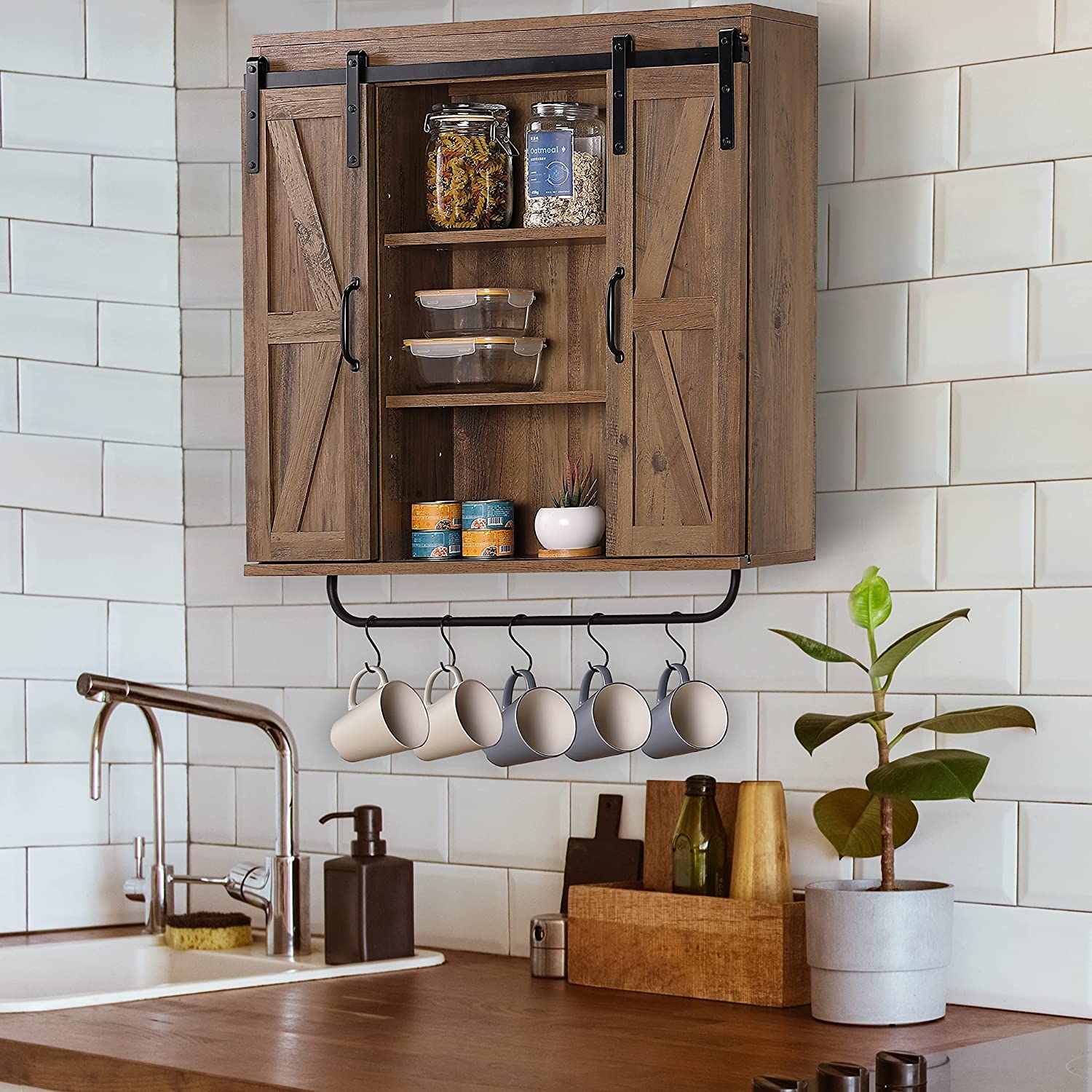

0 thoughts on “How To Build Wall Cabinet”